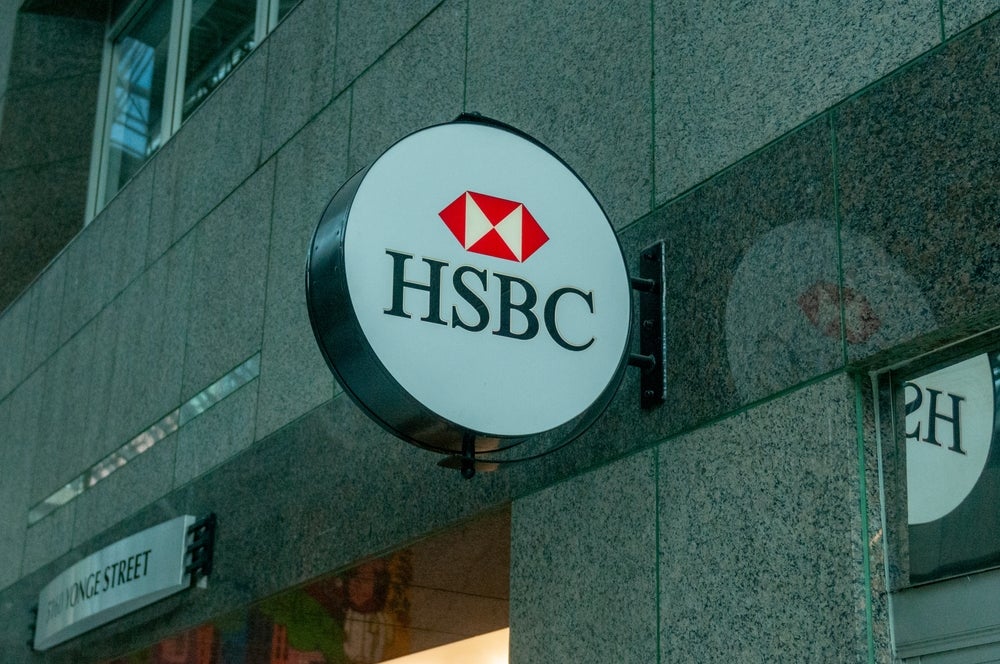
The Pre-Action Protocol for Debt Claims (DPAP) describes the expected conduct of parties prior to the start of proceedings for shortfall debt, or any money claim. Shoosmiths’ Mel Chell gives an overview of what it means for lenders in the motor industry
Non-compliance with both the terms and substance of DPAP will be taken into account by the court and costs sanctions may be imposed.
Where matters are urgent, compliance should be tailored to allow the swift issue of a claim. Non-compliance would be a regulatory concern for Fnancial Conduct Authority (FCA) regulated businesses.
I do not consider that DPAP is intended to apply to return-of-goods (ROG) claims. However, many creditors currently issue a joint claim for return of goods and money judgment. If this were the case then arguably DPAP will apply.
In view of the delay that this will cause in issuing court proceedings – the new timescales are set out later in this article – and the consequent depreciation in your vehicle, I would suggest that companies refrain from issuing joint claims for ROG and the full balance.
Instead they should issue for ROG with money claims to be adjourned generally. Once the vehicle is recovered and sold, an application can be made to convert the ROG to a money claim within the existing exempt ROG proceedings.
How well do you really know your competitors?
Access the most comprehensive Company Profiles on the market, powered by GlobalData. Save hours of research. Gain competitive edge.

Thank you!
Your download email will arrive shortly
Not ready to buy yet? Download a free sample
We are confident about the unique quality of our Company Profiles. However, we want you to make the most beneficial decision for your business, so we offer a free sample that you can download by submitting the below form
By GlobalDataWe must test this process in the first instance and see whether judges appear to be content with the approach.
When do we comply?
The Protocol comes into force on 1 October 2017. For claims that have already been issued there is no need to take any action.
To whom does it apply?
Any business claiming a debt from an individual.
It is stated that the protocol does not apply to a debt unless the customer is a sole trader.
On a strict reading this could be taken to mean that a guarantor, not being a sole trader, is excluded.
I consider that the protocol should be followed for individuals who are guarantors. We expect clarification to this effect in future amendments.
What do we need to do?
A Letter of Claim (LoC) should be sent together with the following;
- Information Sheet;
- Reply Form;
- A Financial Statement form; and
- A Statement of Account, where previously provided.
Creditors should send either an “up to date” statement of account showing details of interest and charges or a “most recent” statement with interest and charges being set out in the LoC.
I interpret this to mean that unless the statement shows the same amount as the amount owing, then the LoC should set out and explain the difference. If there are no charges or interest then I do not consider the date of the statement to be relevant – so long as the amount in the statement is the same as that being claimed.
Where no statements exist, the LoC should set out the amount owing and the amount of any interest and charges included.
The creditor may start proceedings 30 days after the LoC. Where documents are requested you will be asked to produce those documents and your lawyer must inform the customer, within 30 days of the request, that documents have been requested.
In circumstances where a response has been received, whether in the Reply Form or otherwise, but agreement has not been reached, a further 14 days’ notice will be given prior to the issue of proceedings. Further, if debt advice is being sought we must allow at least 30 days before issuing.
You will note that these timescales mean that there could be long delays ahead of being in a position to issue a money claim. Consequently, I have seen more and more creditors making use of Shoosmiths’ collections processes ahead of issuing claims in order to identify disputed money claims and check that an enforcement option is available.
Implementation of the DPAP is a big project for many creditors which run automated systems, and requires large unprecedented changes to the existing regime. If you have not yet started to consider implementation I would recommend you do so immediately.







